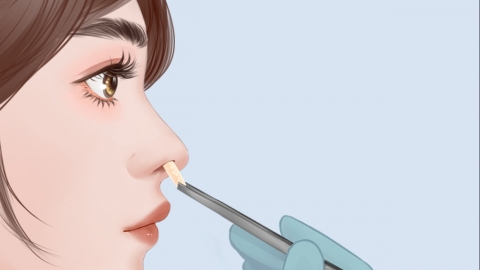Can the nose return to its original state after removing the prosthetic implant?
Generally, if a patient has just undergone rhinoplasty with implants, the nose can mostly return to its original condition after the implant removal. However, if a considerable amount of time has passed since the surgery and the implant has fused with the nasal tissues, removing the implant may not allow the nose to fully revert to its pre-surgery state. The principle of removing nasal implants involves surgically extracting the implanted material when complications such as infection, displacement, rejection, or patient dissatisfaction occur, aiming to restore the nose to its normal shape and healthy condition. The general reference cost for removing nasal implants ranges from 5,000 to 20,000 yuan per procedure, with noticeable improvement typically seen within 5 to 7 days. This procedure should be performed at a qualified medical facility. A detailed explanation is as follows:

If the rhinoplasty with implants was performed recently, the nasal tissues have not yet fully fused with the implant, and the implant remains relatively separate within the nasal structure. In this case, the removal process causes relatively minimal damage to the nasal tissues. Therefore, the nasal shape can mostly return to its pre-surgical condition. However, even if recovery is possible, individual variations may exist, such as surgical scars or skin laxity, which require appropriate postoperative care and recovery.
If a significant amount of time has passed since the rhinoplasty, and the implant has already fused with the nasal tissues, removing the implant will cause more substantial damage to the nasal tissues. Due to long-term integration, the nasal tissues may have adapted to the presence of the implant, and its removal could lead to changes in nasal shape, making it difficult to fully restore the original appearance. Additionally, the removal process may lead to complications such as infection or bleeding, necessitating more meticulous postoperative care and recovery.
After nasal implant removal, it is important to keep the wound clean and dry to prevent infection, avoid strenuous activities and touching the wound, rest adequately, maintain an elevated position as much as possible to promote blood circulation, and follow a light diet while avoiding spicy or irritating foods.




